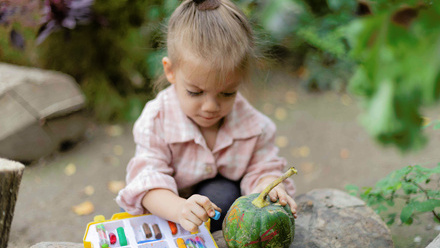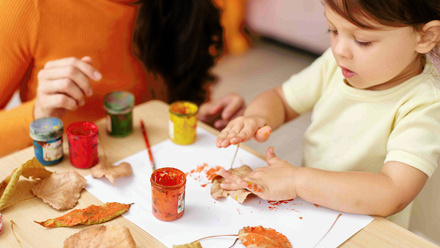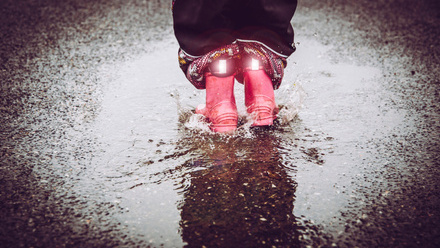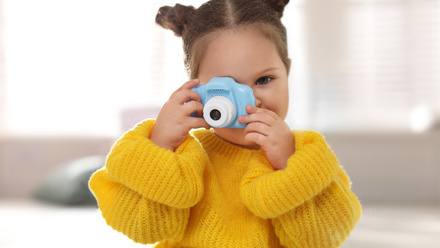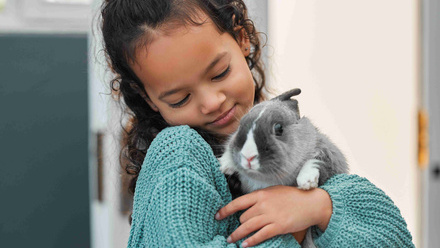How to help children connect with nature
Let the children be free; encourage them;
let them run outside when it is raining;
let them remove their shoes when they find a puddle of water;
and when the grass of the meadows is wet with dew,
let them run on it and trample it with their bare feet;
let them rest peacefully when a tree invites them to sleep beneath its shade;
let them shout and laugh when the sun wakes them in the morning.Maria Montessori
Being with nature has incredible benefits for our emotional, social and mental wellbeing at any age. One of the mechanism through which it operates it that of encouraging physical activity, which we know also has a direct link to a fitter and healthier lifestyle too!
For many children in early education and care, the lockdowns of the COVID-19 pandemic across 2020 – 2021 and its aftermath drew greater attention to the amount of time spent outdoor and how we spend that time. Those who did have the privilege to spend more time in nature were found to have lower levels of emotional and behavioural needs during the lockdown but, for the majority of us, our connections to nature were severed by the restrictions imposed.
Three years on, the impact of our disengagement with nature can be felt throughout early education and care provisions, where children are found to be more anxious to get messy in hands-on play after being subjected to masses of antibacterial gel and surrounded by grown-ups wearing masks.
So, let’s take a look at what it means to be with nature and how we can engage young children in the natural world throughout their time in early education and care.
What does it mean to be with nature?
Being with nature is so much more than just popping outdoors. Whether in a woodland, walking around the garden, or spending time by the seaside, being with nature involves immersing ourselves in the moment and engaging with the wonderful natural space around us.
How to get involved with nature
Utilise it!
Our natural world is far more than just a place to walk through – it can provide us with a vast range of exciting resources to use throughout our learning opportunities.
- Mixing mud with water to create mud paintings. Paint in the moment on trips to the woodlands or bring some into the play room to try inside. Paintbrushes aren’t the only way to make marks here – use sticks and leaves to create interesting prints and bring natural resources into our mark-making.
- For younger babies, natural resources provide fascinating patterns to explore on a sensory level. Pine cones, dry leaves, and soil are great sensory provisions to get children involved in all things natural.
- It’s not all about getting messy though! Outdoor spaces provide a magical opportunity for all of our senses, including what we hear. Listening walks are a beautiful opportunity to digest nature and appreciate what we have to offer on our doorsteps.
Understanding Sustainability
Part of the immersing ourselves in all things natural is also to understand the wider context of our planet. Eco-anxiety is a growing issue within early childhood and it is important as professionals to provide a supportive avenue for expressing these concerns.
-
Activities such as creating ecobricks are ideal opportunities to create a fun and engaging environment for learning about the world we live in and its implications on the future.
Taking control in garden time
Allowing children to see the fascinating process of growing new things is not only beneficial to their wider STEM understanding but also to their active participation and feelings of belonging within a natural environment.
- Build a bug hotel! Understanding the role that minibeasts play in our environment can be a good life lesson not only on a biological front but of appreciating for all things great and small.
- Planting seeds and growing new life is a valuable use of the garden, teaching children not only the productivity and value of natural environments, but also how to care and respect it.
Key takeaways
Nature is special, a magical place that opens wonder and awe to all that are lucky enough to spend time enraptured in it. For young children, this is magnified as a wonderous playground with every-changing and ever-lasting opportunities for discovery and play.
Take every opportunity to bring the outside in and think about ways you can explore the natural world within your provisions. Is there an opportunity to take this outside? What might it add? Who knows until you try…
Reflection
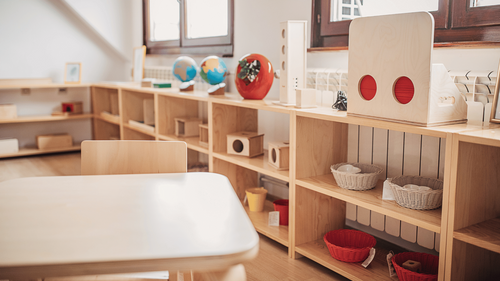
Take a look at the picture above. This provision is for 2–4-year-olds. It also includes a free flow garden space with a water play area and bike track.
Based on what you can see in this area:
- What works well in this space?
- What could be done to engage the children who use it to engage with nature more?
- What kind of activities might you provide for this space?

